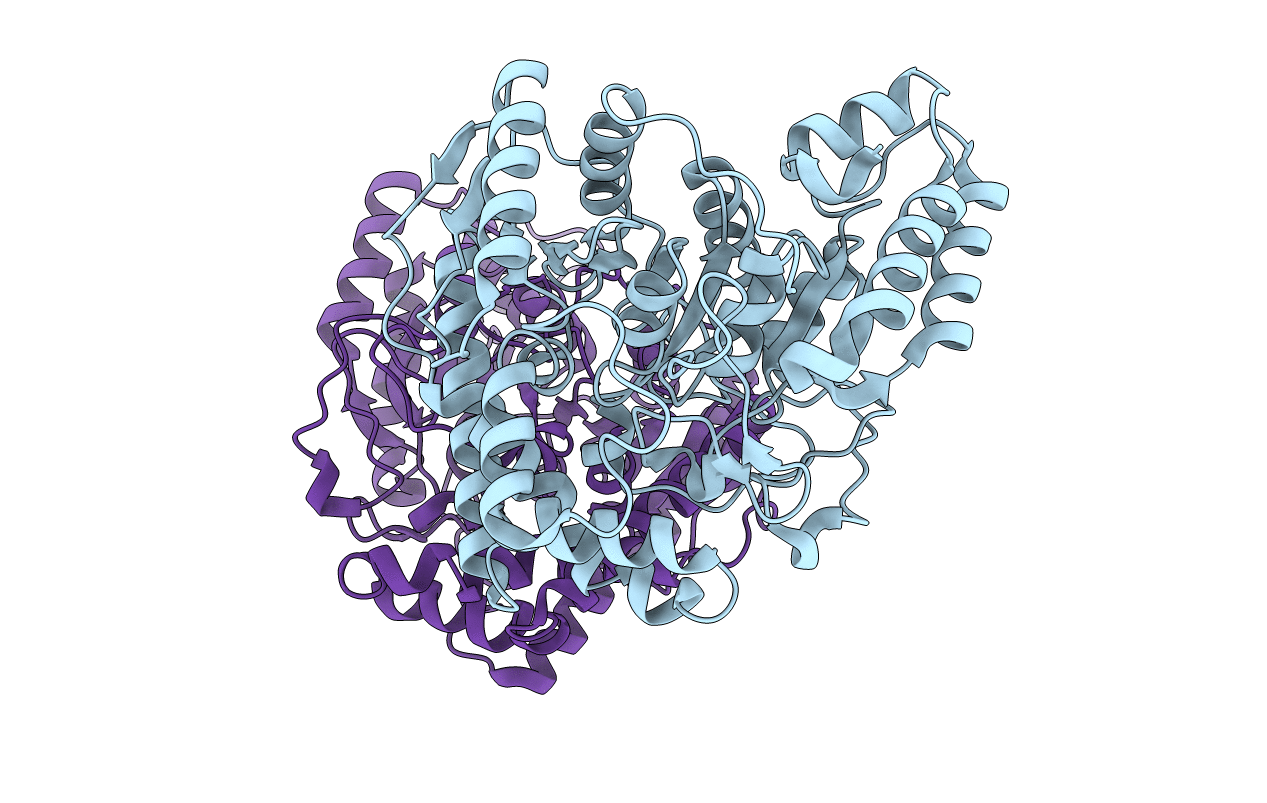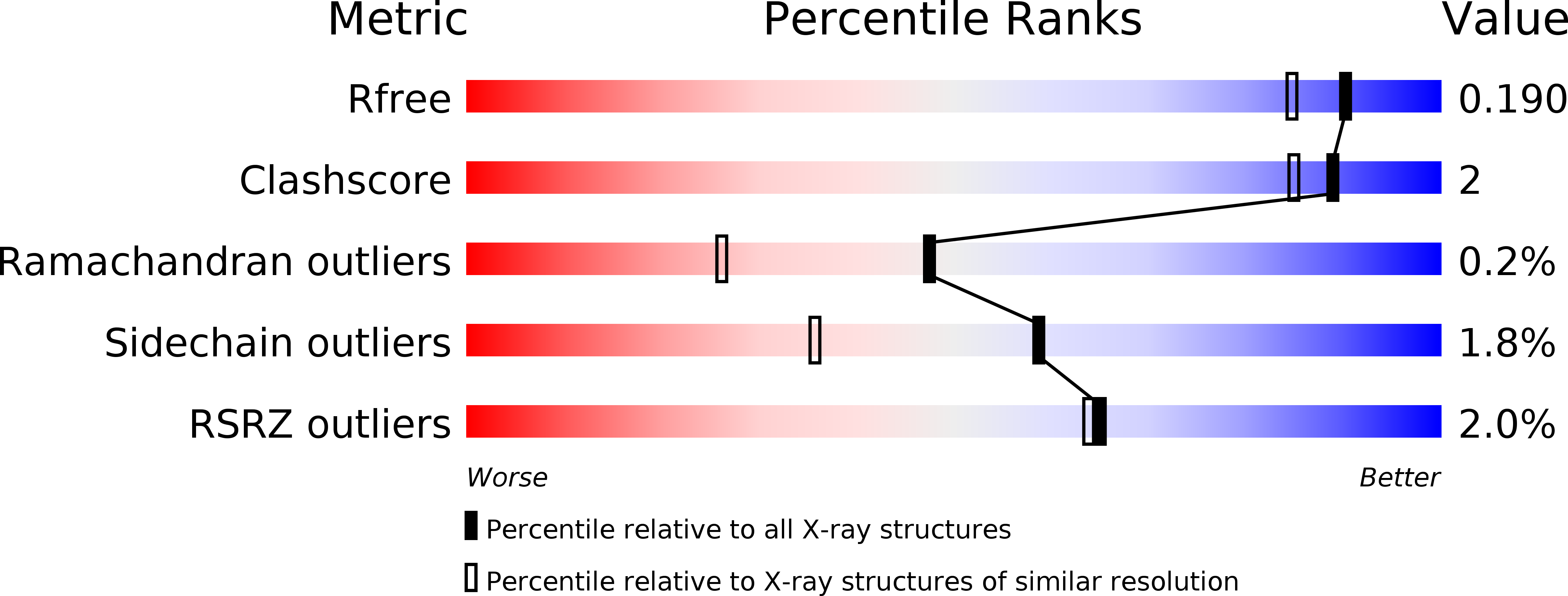
Deposition Date
2016-11-15
Release Date
2017-03-15
Last Version Date
2023-11-08
Entry Detail
PDB ID:
5H6T
Keywords:
Title:
Crystal structure of Hydrazidase from Microbacterium sp. strain HM58-2
Biological Source:
Source Organism:
Microbacterium sp. HM58-2 (Taxon ID: 1778770)
Host Organism:
Method Details:
Experimental Method:
Resolution:
1.60 Å
R-Value Free:
0.17
R-Value Work:
0.16
R-Value Observed:
0.16
Space Group:
C 2 2 21


